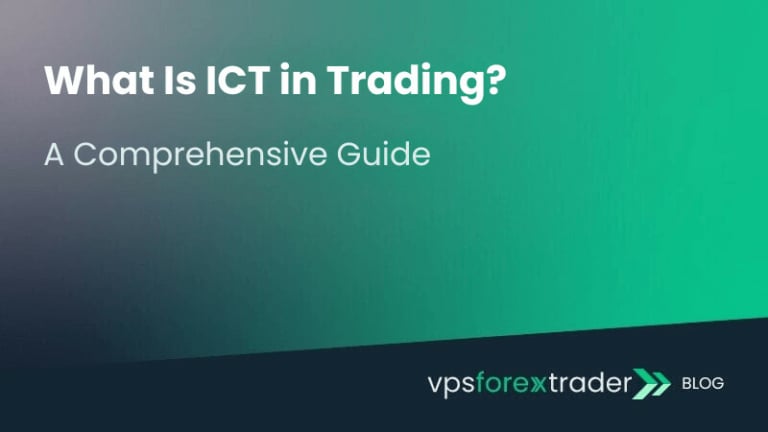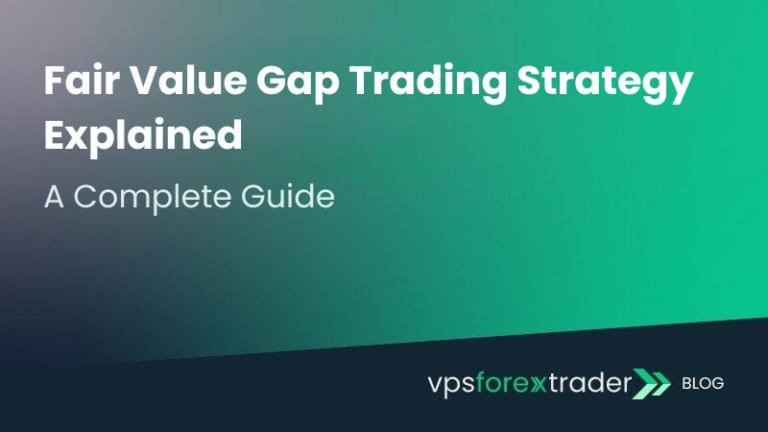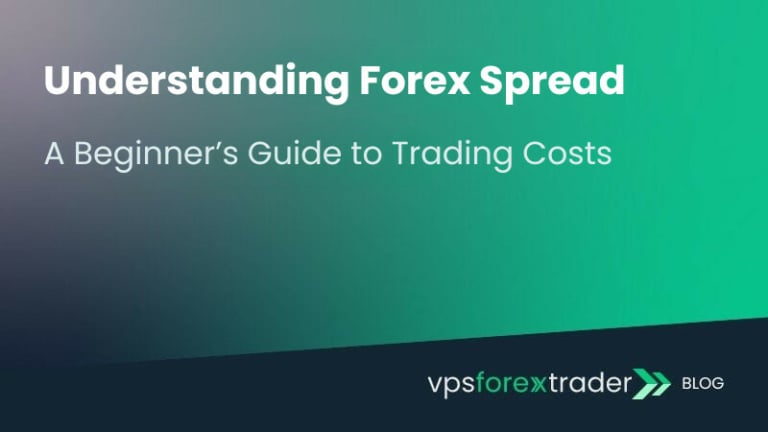Introduction to CFD Trading
CFD is an advanced trading strategy typically used by experienced traders who speculate on the price movement of assets like shares, indices, commodities, cryptos, and forex. It is short for Contract For Difference. It is a form of financial derivative that allows traders to speculate on possible price movements of an asset without actually owning the asset. In this post, we’ll answer questions like what are CFDs, and explain how CFD trading works in Forex, and the benefits and risks of this strategy.
How CFD Forex Trading Works
A Contract for Difference is essentially an agreement between a buyer and a seller that stipulates that the two parties will exchange the difference in the value (price movement) of a financial product for the duration of the Forex CFD contract.
Based on this FX CFD trading agreement, the buyer is required to pay the seller the difference between the value of an asset at contract closing time and its value when the contract was opened. With this kind of financial derivative, traders are simply speculating on the possible price movement of the asset.
In CFD forex trading, the investors do not own the underlying asset. Instead, they bet on whether or not its value will rise or fall. If the trader speculates that the asset price will increase, they’ll buy a CFD and sell at a later date. When the contract closes, the difference between the purchase price and sale price is determined and the net difference is paid out through the investor’s brokerage account.
Similarly, if the trader predicts a decline in the asset’s value, they’ll sell the CFD forex trading position, and then buy it back at a later date. The outcome of the trader’s prediction in either case will determine whether the trade ends in a profit or incurs a loss.

Benefits of Trading Forex CFDs
The following are some of the benefits of CFD trading especially as it applies to Forex and CFD.
Speculate in Both Rising and Falling Markets
As explained above, CFD does not require you to own an underlying asset. Instead, you get to speculate on the price movement of the asset. This means there’s always a potential to profit from both rising and falling prices.
Efficient Use of Capital
Forex CFD trading is leveraged. This means you’ll be getting full market exposure by simply making a small initial deposit. This deposit is known as a margin, and it represents a small percentage of the total value of the position. For instance, if a trader wants to trade a EUR/USD currency pair worth $100,000, they can use a leverage of 1:100. This means they’ll only need to pay a $1,000 margin to open the trade. In this case, the trader’s $1 controls $100 in the market.
Flexible Contract Sizes
Similar to the point above, the contract size of a CFD is typically less than that of the underlying instrument. Since you won’t be purchasing the asset a CFD gives you exposure to the price movement without making a large deposit. The flexible sizing allows you to adjust your trading strategy based on your risk appetite.
Hedging Other Investments
CFDs can serve as insurance against unwanted price movement. Since you can go long or short with CFDs, it’s an effective tool for hedging your existing portfolio, instead of selling it prematurely. For instance, say you have a long-term portfolio that you would like to keep. But you think the value of the portfolio might fall in the future. You could use the CFD to hedge your position. This way, if the portfolio’s value falls as predicted, the profit you’ll make from the CFD covers your loss.
Choosing the Right CFD Broker
There are several excellent CFDs forex brokers out there. However, the CFD industry isn’t highly regulated, which means there are several unreliable brokers as well. Before opening an account with a CFD broker, you should investigate the broker’s background as much as possible. Some of the factors to consider in choosing a forex CFD trading broker include:
- The broker’s reputation
- Longevity
- Financial position.
Effective Strategies for CFD Forex Trading
Although trading CFDs comes with some risks, some strategies can give you a significant advantage and reduce your risk if you follow them. Some of these CFD trading strategies are highlighted below:
- Improve your knowledge of CFD trading: before you start trading forex CFDs, develop your knowledge of this trading strategy and understand how it works.
- Build and follow a trading plan: A trading plan will help determine, how, when and how you’ll trade. It is influenced by factors like your motivations, risk appetite, capital and other factors. Come up with a plan that best suits your position and stick with it.
- Set stops and limits: one of the effective ways to manage risks in FX CFD trading is to set exit levels for your trade. This helps to protect your capital by exiting the trade when the price isn’t favorable. You can either set a stop loss order or a limit close order.
- Start small: one of the benefits of CFD trading is that a small capital gives you huge market exposure. Leverage this as much as possible by starting small and diversifying over time.
- Monitor your open positions: Even if you have protective orders in place, you should still monitor the trade closely and exit manually to minimize loss.
- Have enough to cover the maintenance margin: this is needed to keep your position open. The broker will likely close your position if you don’t have enough in your account to cover the margin call.
Common CFD FAQ
What does CFD stand for in trading?
In trading, CFD stands for Contract for Difference.
What is CFD trading?
CFD is an agreement between a trader and a broker in which the trader bets on the potential price movement of an asset. At the end of the trading period, the investor and broker exchange the difference between the opening and closing price of the asset.
How does CFD Forex trading work?
In CFD trading, traders speculate on the future price of an asset, without actually owning it. Typically, the investor makes two trades. The first trade opens the position and is later closed out via a reverse trade with the CFD provider. For instance, if the first trade is a buy, the second trade which is a sell closes the open position. The price difference between the opening and closing positions represents the trader’s profit (or loss) as the case may be.
What are the benefits of trading Forex CFDs?
The main benefit of trading currency CFDs is that you get to speculate in both rising and falling markets. Since you don’t actually own the underlying asset, there’s a chance of earning a profit even if the market is falling. Additionally, CFD is a leveraged product. This gives players more exposure even with a small initial investment.
What risks are associated with CFD trading in Forex?
The fast-paced nature of CFD trading means the market has to be closely monitored. Traders can incur significant losses very quickly if they do not react fast enough to changes in market conditions.
How do I choose a reliable CFD broker?
To choose a reliable broker for trading CFDs, consider factors like the broker’s reputation, longevity, financial position, and trading costs.
What strategies are effective for CFD Forex trading?
Some of the strategies that work for CFD trading include day trading, swing trading, position trading, and Hedging.







